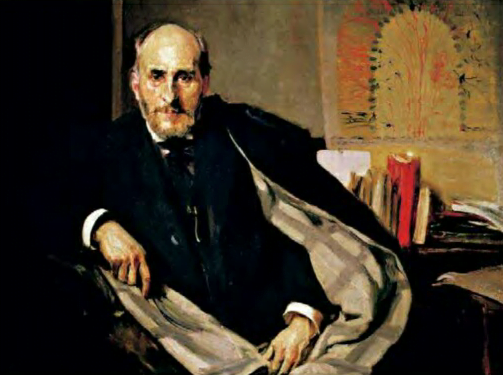ANATOMY OF A NEURON [ NERVE CELLS ( THE AMAZING BRAIN ) ]
Each neuron has a main cell body. Like all cells, the neuron contains a nucleus and an exterior mem-brane, which sometimes receives electrochemical messages from other neurons. Chains of neurons send messages from the body to the brain: “Here is pain, in the left wrist.” . “Here is the odor of soup.” “Here is a stony surface beneath the feet.” Chains also send messages from brain to body: “Shake your hand “”Eat.””‘Take a step.”
Each neuron has an array of branching fibers called dendrites that extend outward toward other neurons. Dendrites expand the surface area of the neuron, increasing its sensitivity to its neighboring neurons. While some neurons have only a few dendrites, others have hundreds. They act as receptors for signals traveling from other neurons, carrying information toward the main body of the nerve cell.
Each neuron also contains one electrically sensitive fiber called an axon extending from one end of the cell body. Axons may be as short as a fraction of an inch or as long as several feet, as is the case with axons extending from the spine to the toes.
At the axon’s terminal end, as many as 10,000 branches spread out toward the dendrites of other neurons. Every branch terminates in a knoblike projection, like the business end of a paper match. These bulbs are called axon terminals, synaptic knobs, and boutons, or buttons.

OFTEN THE spirited competition between two great minds can yield amazing discoveries. Such was the case between Spanish neuroscientist Santiago Ramon y Cajal (1852-1934) and his Italian contemporary, Camillo Golgi (1843-1926), who shared the Nobel Prize in physiology or medicine in 1906.
Ramon y Cajal was recognized for his deduction on the anatomy of a neuron; Golgi, for the staining process that made that deduction possible. Like most scientists at the time, Golgi held that neurons operate as one continuous, tangled network.Nerve cells must be fused, he said, to pass electrical impulses. Ramon y Cajal, howeveg envisioned chemical codes traveling across a synaptic gap between a single axon and the dendrites of the next cell. In 1887, Ramon y Cajal learned of Golgi’s staining technique and realized its superiority. He modified it, finding it worked well with thicker sections of nervous tissue.
Bird samples and tissue from younger animals were best, he surmised, because their axons lacked the protein sheath that obscures most nerve fibers. When impregnated with silver nitrate and viewed by microscope, these nerve cells jumped out as inky strokes on a yellowish background. La reazione nera-“the black reaction,” as Golgi called it-illuminated the infinitesimal as well as the road toward Ramon y Cajal’s revelation.
Around the length of most axons lies a special wrapping of fatty tissue called a myelin sheath. The sheath is formed by two kinds of glial cells, called Schwann cells in the peripheral nervous system and oligodendrocytes in the central nervous system.
The wrap is not continuous; small gaps called nodes of Ranvier separate the cylinders of fatty tissue that surround the axons. The axon’s encompassing myelin acts as insulation, speeding the transmission of information in the form of nerve impulses moving at 9 to 400 feet per second.
When an electrical impulse reaches an axon terminal, it communicates across a tiny gap, called a synapse, separating it from the dendrite of another neuron. A few can connect directly with tissues of the skeletal muscles and glands, allowing direct communication.
Neurons differ in shape and complexity. Most, in particular the vast majority of those in the brain, are multipolar-they have one axon and a multitude of dendrites. The rest of the neurons are bipolar or unipolar.
The former can be found in the retina, where neurons have a single dendrite. The latter, found in the peripheral nervous system, have a single extension from the main cell body that divides, like the cap of the letter “T,” into branches for an axon and dendrites.

![TYPES OF GLIAL CELLS [ THE AMAZING BRAIN ]](https://humanityuapd.com/wp-content/uploads/2022/09/IMG_20220930_184056.jpg)
